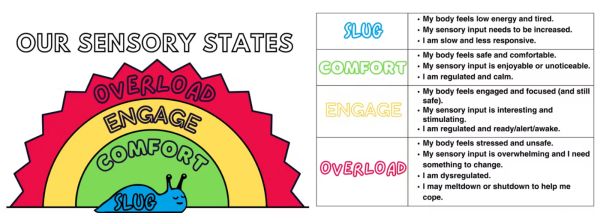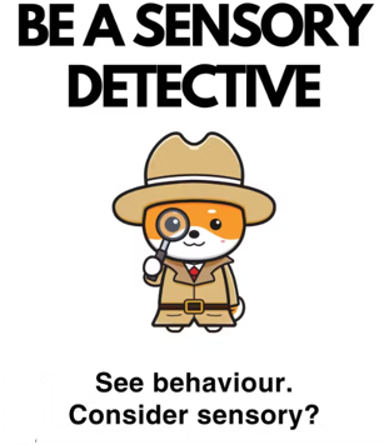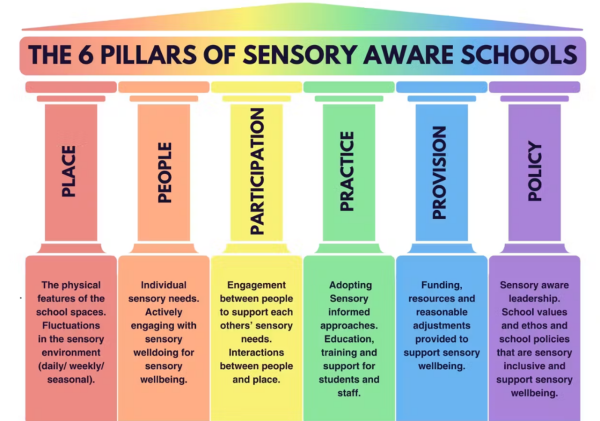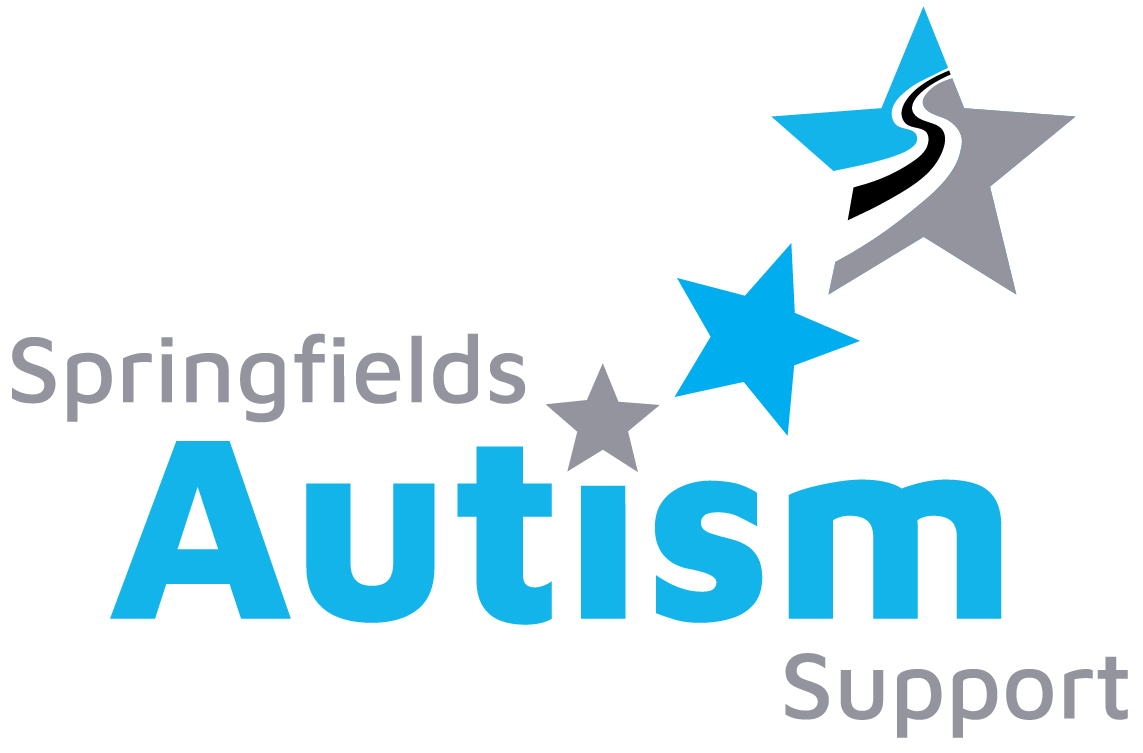Becoming a Sensory Aware School: Insights from The Springfields Academy’s Neurodiversity Network with Alice Hoyle and Tessa Hyde
Becoming a Sensory Aware School: Insights from The Springfields Academy’s Neurodiversity Network with Alice Hoyle and Tessa Hyde
At The Springfields Academy, we are committed to fostering an inclusive and supportive environment for all our students. Recently, we had the privilege of welcoming Alice Hoyle and Tessa Hyde, authors of 'Becoming a Sensory Aware School', to our fifth Neurodiversity Network. Their session provided invaluable insights into the importance of sensory awareness and how schools can adopt a whole-school approach to support neurodivergent learners.
Understanding Sensory Awareness in Schools
Alice and Tessa emphasised that every individual experiences sensory input differently. We all seek and avoid sensory experiences in unique ways, which is why creating a sensory-aware environment is crucial for student well-being. A key takeaway from their session was the concept of sensory wellbeing—helping individuals feel safe, comfortable, and balanced in their bodies, relationships, and environments—through sensory welldoing, which involves actively implementing strategies to achieve this balance.
A Whole-School Approach to Sensory Inclusion
A truly inclusive school does not just accommodate sensory needs, but actively integrates them into its culture. The speakers highlighted that sensory resources should be treated as essential aids—just like glasses or wheelchairs—and should never be taken away from students who need them. Simple, universal strategies can benefit the majority of students, while targeted and specialist interventions can support those with specific needs.
Alice and Tessa also discussed the sensory arousal curve, which helps educators understand different states of sensory engagement:
Slug – Low energy and tired
Comfort – Feeling physically at ease
Engage – Focused and actively learning
Overload – Stressed and unsafe

Recognising where a student falls on this spectrum allows educators to respond appropriately, ensuring that learning environments remain supportive rather than overwhelming.
The Role of Sensory Detectives
One of the most impactful concepts discussed was the importance of being a sensory detective. Instead of viewing behaviours through a behavioural lens alone, educators should consider the sensory needs driving those behaviours. Actions such as stimming, fidgeting, or covering ears often serve as self-regulation strategies. Understanding and accommodating these needs can significantly improve student engagement and emotional well-being.

The Six Pillars of a Sensory Aware School
To embed sensory awareness into school culture, Hoyle and Hyde outlined six key pillars:
Place – Ensuring physical environments are sensory-friendly.
People – Understanding and supporting individual sensory needs.
Participation – Encouraging engagement and collaboration.
Practice – Adopting sensory-aware teaching and learning approaches.
Provision – Allocating resources and making reasonable adjustments.
Policy – Embedding sensory awareness in leadership and decision-making.

Supporting Staff Well-being Through Sensory Welldoing
In addition to supporting students, the authors stressed the importance of staff well-being. They introduced Sensory W.E.L.L.D.O.I.N.G, a framework that helps educators integrate sensory-friendly practices into their daily routines:
Wake up – Consider your morning sensory routine.
Eat well – Experiment with sensory-friendly eating habits.
Leap – Incorporate movement into your day.
Look – Improve visual aspects of your workspace.
Daily focus – Take moments to be mindful of sensory input.
Outfit – Choose clothing based on sensory comfort.
Indulge – Identify and embrace positive sensory experiences.
Nature – Spend time in natural settings.
Good night – Develop a sensory-conscious bedtime routine.
Looking Ahead
The session reinforced the importance of making sensory inclusion a priority within schools. By embedding these strategies into our daily practices, we can create an environment where every student feels safe, understood, and ready to learn. For those interested in learning more, Becoming a Sensory Aware School offers further resources and self-assessments to help schools on this journey.
At The Springfields Academy, we believe that embracing sensory awareness is a step toward greater inclusion, understanding, and success for all students. If you would like to learn more or discuss how we are implementing these strategies, please get in touch!
By Jessica Coulson, SEND Teacher and SAS Advisor
